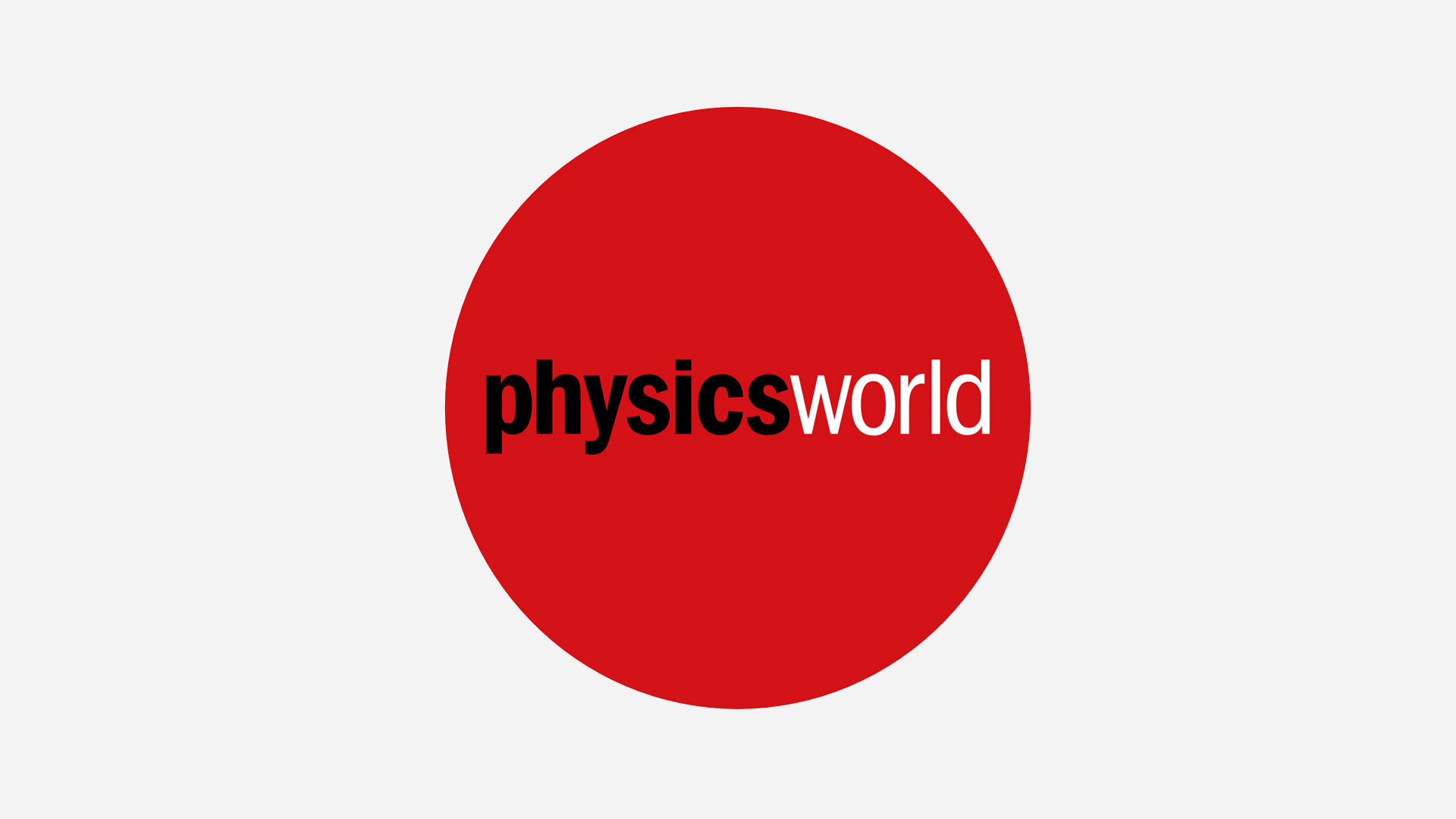Author
Array
(
[0] => linkedin
[1] => facebook
[2] => twitter
[3] => google-plus
[4] => youtube
)
Array
(
[0] => linkedin
[1] => facebook
[2] => twitter
[3] => google-plus
[4] => youtube
)
Array
(
[0] => linkedin
[1] => facebook
[2] => twitter
[3] => google-plus
[4] => youtube
)
Array
(
[0] => linkedin
[1] => facebook
[2] => twitter
[3] => google-plus
[4] => youtube
)
Array
(
[0] => linkedin
[1] => facebook
[2] => twitter
[3] => google-plus
[4] => youtube
)
No Author
Author archive
 Read article: Optical data storage enters a new dimension
Read article: Optical data storage enters a new dimension
Holographic data storage promises increased storage densities and improved access times that could lead to a new range of novel memory devices

The origin of gamma-ray bursts is one of the biggest unsolved problems in astrophysics. Some 3000 of these short-lived bursts of intense gamma-rays have been detected in the last three decades, but it is only recently that astrophysicists have confirmed that they originate outside our galaxy. The burst of 25 April 1998 surprised astronomers because […]

In a Bose-Einstein condensate a gas of atoms is cooled until the de Broglie wavelength of the atoms exceeds the inter-atom spacing. If the atoms are bosons – that is, if they have a “spin” of 0, h/2p, 2(h/2p), 3(h/2p) and so on, where h is the Planck constant – they all collapse into the […]

Manfred Bayer of the University of Wurzburg in Germany, and co-workers in Wurzburg and the National Research Council of Canada in Ottawa, studied indium gallium arsenide quantum dots grown on a gallium arsenide surface (M Bayer et al. 2000 Nature 405 923). The dots measured about 20 nanometres across. Meanwhile, a group lead by Khaled […]

Like these so-called chiral molecules, circularly polarized light also comes in right and left-handed varieties, and can be used to produce an excess of one type of molecule. However, circularly polarized light is quite rare in nature and is not thought to be the source of the “homochirality of nature”. This problem greatly puzzled Louis […]

The Poisson’s ratio of a material is defined as nij = –ej/ ei, where ej is the lateral strain in the j direction that is caused when a strain ei is applied in the longitudinal i direction. Negative Poisson’s ratios have previously been observed in foam- and polymer-based structures, in the non-cubic phases of arsenic […]

Physicists have studied the interaction of water with surfaces for centuries. Felix Savart, for instance, first studied shocks in shallow water in 1833. It is now well known that the maximum diameter that a droplet can achieve is determined by the ratio of two numbers – the Reynolds and Weber numbers – that are determined […]

One of RHIC’s main goals is to produce a quark-gluon plasma – the state of matter that is thought to have existed just millionths of a second after the big bang. Quarks are normally confined in neutrons, protons and other composite particles by the strong force, which is carried by gluons. In a quark-gluon plasma, […]

S Heinze and co-workers from the University of Hamburg and X Nie and colleagues from the Forschungszentrum Jülich have used “spin-polarized scanning tunelling microscopy” to image an antiferromagnetic layer of manganese atoms on a tungsten substrate. In antiferromagnetic materials, the direction of the magnetic moment alternates from one lattice site to the next, but there […]

The researchers used eight ceramic tips that were connected via a cantilever array to an atomic-force microscope. The tips were coated with a molecular ink such as 1-octadecanethiol that diffused from the tip onto the gold substrate. The ink reacts with the gold to produce a stable monolayer structure on the substrate. A pattern can […]
Copyright © 2025 by IOP Publishing Ltd and individual contributors
 Read article: Optical data storage enters a new dimension
Read article: Optical data storage enters a new dimension
